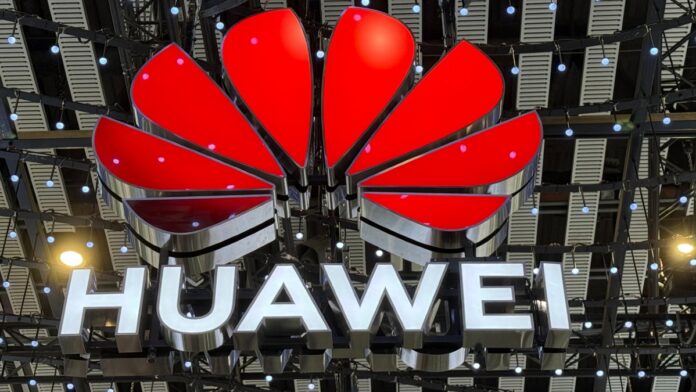Huawei noted that the new technology helps improve how fast and efficiently devices send data back to the network
In sum – what to know:
China Telecom, Huawei boost 5G-A uplink – New AI-powered uplink pooling tech improves speed, latency and coverage, supporting smarter AI services like connected cars, wearables and assistants.
AI and 5G-A converge – The technology enables multi-modal data transmission for real-time interaction, making mobile AI experiences more responsive and network-efficient.
More deployments, more innovation – With 5G-A use cases already live, China Telecom and Huawei plan to keep building intelligent networks.
China Telecom and Huawei have launched a new 5G-Advanced (5G-A) technology called Intelligent Ultra Pooling Uplink at MWC Shanghai 2025, which took place in the Chinese city earlier this month.
The vendor noted that the new technology helps improve how fast and efficiently devices send data back to the network — something especially important for smart wearables, connected cars (V2X) and AI assistants.
Huawei also highlighted that this new technology is built on user-centric network (UCN) architecture and uses artificial intelligence (AI) to control how network resources like frequency, power and antennas are used. The system also allows devices to share those resources in real time, which leads to better coverage, faster speeds and more reliable performance — especially for applications that rely heavily on sending data, such as video, audio and smart sensors.
By predicting the quality of signal channels and using AI to schedule how and when devices send data, the Intelligent Ultra Pooling Uplink reduces delays by over 30%, improves uplink speeds by more than 15% and boosts performance for users at the edge of a cell tower by another 15%. It also helps the network use energy more efficiently, Huawei said.
As AI gets smarter, devices and networks must exchange more complex types of data, creating a higher demand for uplink speed and low latency, especially for services like real-time voice interactions, AI robots or smart glasses, according to the Chinese vendor.
China Telecom and Huawei say this new technology is key to helping 5G-A support the needs of mobile AI. It allows networks to handle multiple types of AI-powered tasks while ensuring they run fast and smoothly.
Huang Lilian, a senior leader from China Telecom, said the combination of AI and 5G-A is changing the way people and machines communicate. It’s no longer just about sending information but also enabling emotional and interactive experiences. Huang believes multi-modal communication — combining video, audio and text — will become the new standard.
Cao Ming, Huawei’s VP and head of wireless solutions, said 5G-A is advancing faster than ever and is now entering the era of mobile AI. He highlighted how Super Uplink is already powering real-world applications like live streaming, smart cities and industrial automation.
Cao added that both companies will continue investing in innovation and work with global partners to shape future 5G-A standards and build intelligent, high-speed and widely available networks that support AI.
China Telecom and Huawei have already worked together to deploy advanced 5G-A networks in parts of Shanghai and Guangdong, with features like 3-carrier aggregation (3CC CA) and Super Uplink.
Telecom operators should accelerate efforts to turn 5G-A networks into new revenue streams by focusing on differentiated user experiences, network slicing for industries and artificial intelligence (AI)-powered optimization, said James Chen, president of Huawei’s carrier business group, during a session on 5G monetization at MWC Shanghai 2025.
During his presentation, the Huawei executive stressed that the transition from 5G to 5G-A offers a significant opportunity to unlock new value in both consumer and enterprise markets. However, Chen noted that success will depend on operators’ ability to build differentiated user experiences, target vertical industries and deliver consistent service quality.

